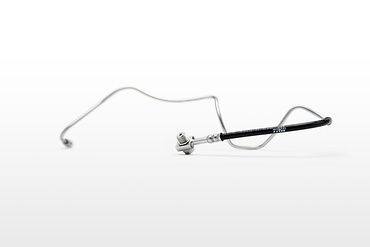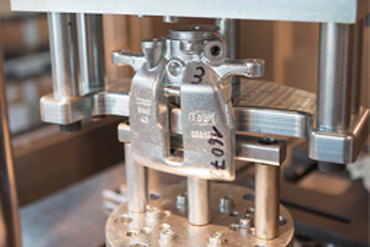
The Brake Actuator is one of the most vital components of your vehicle as it contributes to the efficiency of the braking system. Awareness of the problems and knowledge of how to deal with them can greatly affect the safety of drivers. In this guide, we will take you through what could potentially go wrong with the brake actuator, how to solve them and how to ensure you do not encounter the problem in the future.
Understanding brake actuator problems
One of the easiest symptoms to observe for brake actuator problems is pulling, where one brake has a better effect on the car and the other does not. This may be caused by a damaged brake actuator and the car owner should seek the services of a mechanic.
If your brake warning light turns on the dashboard, this usually means that there is an issue with the brake actuator or some other part of the brake assembly. Failure to heed this warning results in worst brake failures.
Abnormal noises like squeaking or grinding whenever you apply the brakes may be caused by the brake actuator failure. Such noises often indicate that one or several elements of an actuator are becoming worn or are not working in the best way.
Identifying brake actuator issues
For the accurate diagnosis of brake actuator problems, therefore, it is recommended that one gets the help of a professional. A trained mechanic is in a position to point out such areas.
The brake actuator may also be associated with specific error codes that mechanics access using a diagnostic scanning tool. It assists in determining the exact magnitude of the problem that causes it, thus making it simpler to determine the repair work to be done.
Common brake actuator issues and solutions
One of the usual issues is a malfunctioning brake actuator pump motor, which might indicate a buzzing or whining sound. Depending on the level of the damage, you may just require a brake actuator repair or may require a fully new brake actuator replacement.
The brake actuators contain an accumulator that aids in keeping up the needed brake pressure. If damaged, it has the potential of causing poor brake response from the automobile to be controlled. Since the accumulator is usually incorporated in the system, a complete brake actuator replacement may be required.
Seals in the brake actuator can wear out over time and as a result cause leaks and therefore reducing the brake system’s efficiency. As the case may be with the car you are driving or working on, you may only need to change the seals or a complete brake actuator replacement may be called for.
Addressing brake actuator problems
If the problem is detected early enough, then a brake actuator repair could be all that is needed. This could mean getting some of the components of the actuator, perhaps the seals or the pump motor, replaced in a bid to get the equipment back into its proper working state.
When there is significant damage to the Brake Actuator, the only safe way of solving the issue is to go for a complete brake actuator replacement. This should be done by a professional to ensure that the new actuator has been well-placed and adjusted.
Following any brake actuator repair or brake actuator replacement, system testing is very important. This helps to check that the braking system is in proper working order and that all problems are addressed.
Preventing future brake actuator issues

Routine maintenance is key to preventing brake actuator problems. Regular check-ups allow for early detection of wear and tear, reducing the likelihood of major failures.
Adopting safe braking habits, such as avoiding harsh or sudden braking, can significantly extend the life of your brake actuator and overall braking system.
Neglecting the brake warning signs may result in further complications. Never ignore any warning lights or pulsations in the brake pedal, as this may result in more damage.
Ensuring safe braking
Brake actuation systems are an important aspect of your car. Ensuring they work efficiently is crucial to your car's safety. This way, any signs of improper behavior are noted and corrected, preventing the car from developing major safety concerns while on the road.
Conclusion
Some of the brake actuator issues that may affect your vehicle are severe and have implications on safety. When you understand the various problems that may hinder the smooth functioning of your braking system, learn the ways of handling them and implement preventive measures, then you can maintain an efficient and effective braking system. Proactive maintenance, cautious driving, and quick fix will go a long way in keeping your brake actuator in proper working order to afford you safety in your every outing.
FAQs
Brake actuator should be checked during every service interval or about once per year, depending on your driving habits.
It is unsafe to drive with a faulty brake actuator since this may bring about a brake failure. When this occurs, it is advisable to get it repaired or replaced as soon as possible.
The causes of failure in brake actuators are mechanical wearing, leakage and malfunctions of other components of the actuator such as a failed pump motor or a faulty accumulator.
The brake actuator is designed to provide equal pressure to brake fluid for each of the wheels to achieve effective and safe braking.


